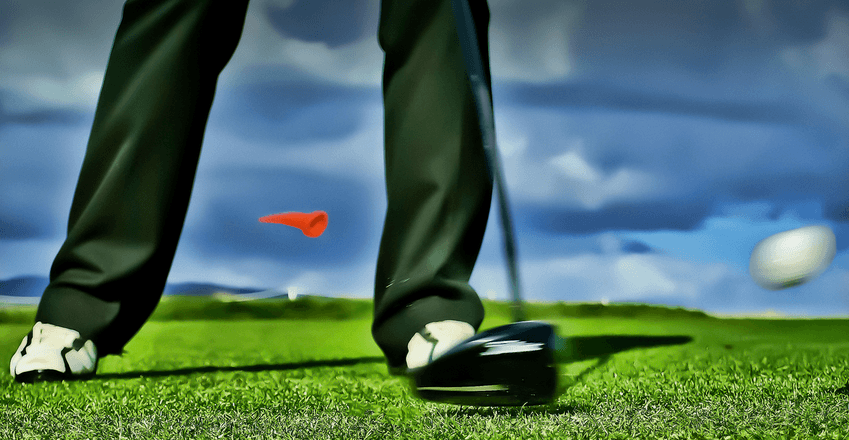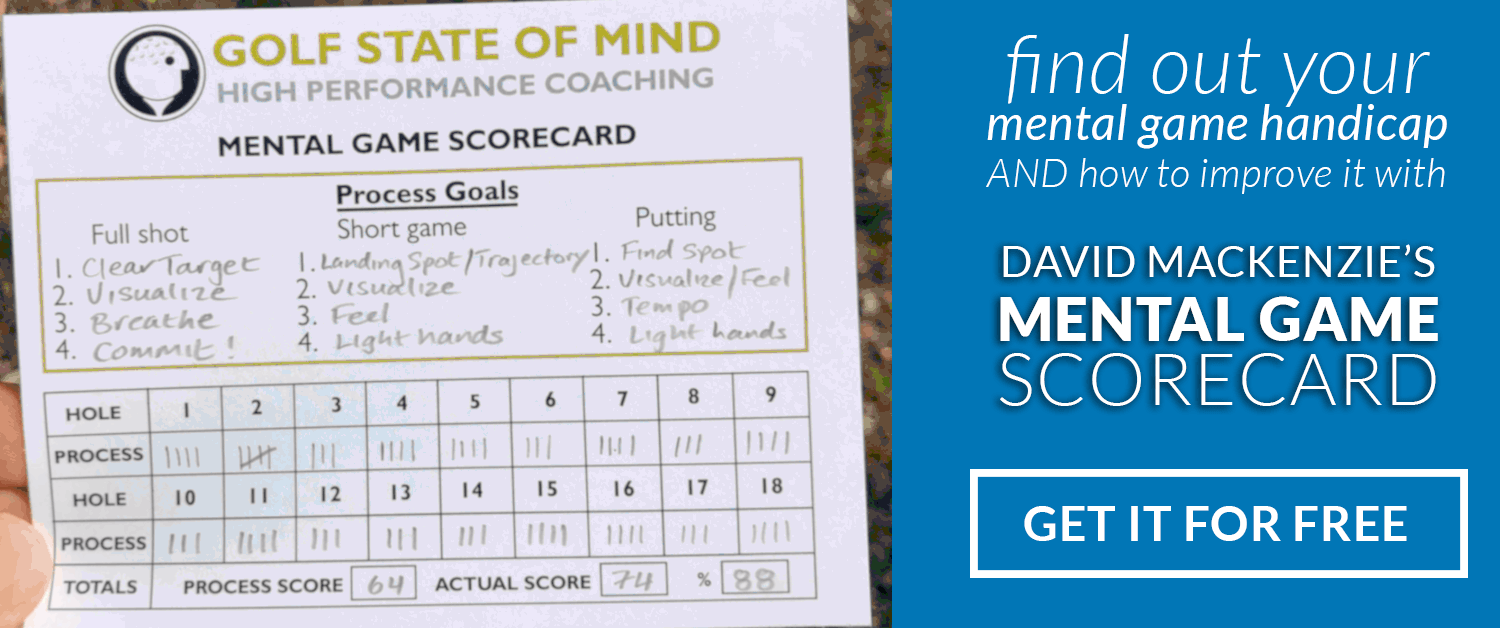
More Distance Without Changing Your Golf Swing
Free flowing is better than hard and fast
Whilst watching the Travelers Championship last weekend, I noticed something that I thought I should highlight to help amateurs increase distance.
Bubba Watson, the longest driver on Tour, was teeing off with the driver and I couldn’t help but notice how easy and slow he swings it and how loose he looks. Yet his club-head speed is the fastest on Tour.
It made me think about how many golfers I teach who tell me how they struggle with distance, only for me to see them try to murder the golf ball with a fast, tight swing. In this article I’m going to show you how to slow down, relax and enjoy more distance off the tee.
Although somewhat counter-intuitive, swinging hard and fast does not produce more distance. In fact, it’s the opposite. Tension in your golf swing is the enemy and it kills distance (and accuracy) no matter how strong and powerful you are. Tension ruins your natural swing and prevents the club from releasing through the ball. The golf swing needs to be free and flowing to generate club-head speed.
[subscribelocker]Where does this tension in the golf swing start?
Tension in your swing starts in the hands and moves up through the arms to the shoulders and chest, which restricts the swing and decreases club head speed.
A good golf grip is not just about the position of your hands on the club, but also about how tightly you grip it. Long drive champions say that the club should be gripped as loose as possible for maximum club head speed (that is, just tight enough not to let go of the club).
How to reduce tension and generate more distance
1. Rate your grip pressure. Next time you’re practicing on the range, rate the pressure of your grip (out of 10) for each shot and see what it does to your swing and the quality of your shots. The aim is to start becoming aware of your grip pressure and lower it with every practice session. Your grip pressure should ideally be at a 2-3 out of 10. Through this practice, you will notice a difference (for the better) in both your distance and ball striking. Also, the more aware you are of your grip pressure, the more you should be able to “feel” the position of the club-face during the swing and increase your feel for different shot shapes.
2. Don’t analyse and try to fix your swing on the golf course. Trying to control your body while swinging produces more tension and more bad shots. The best thing you can do is trust what you have and stay loose.
3. Watch your tempo and rhythm. Long and slow swings are better for distance than short and fast. Think about players like Ernie Els and Freddie Couples. They swing with a slow tempo but hit it longer than most.
4. Waggle. Try and a waggle to reduce tension in your hands before swinging.
5. Look and react, don’t freeze over the ball. When you’re about to play a shot, you should always be “looking and reacting”, not standing over the ball thinking about your swing. Look at the target, see the shot and go!
6. Make sure you’re balanced at address. In addition to soft and relaxed hands, make sure you feel balanced and centered before every swing to give yourself a solid foundation for maximum club-head speed and solid contact.
Give these drills a go and before you know it you will generate a lot more distance.
[/subscribelocker]Photo by Justin MacLochlainn


